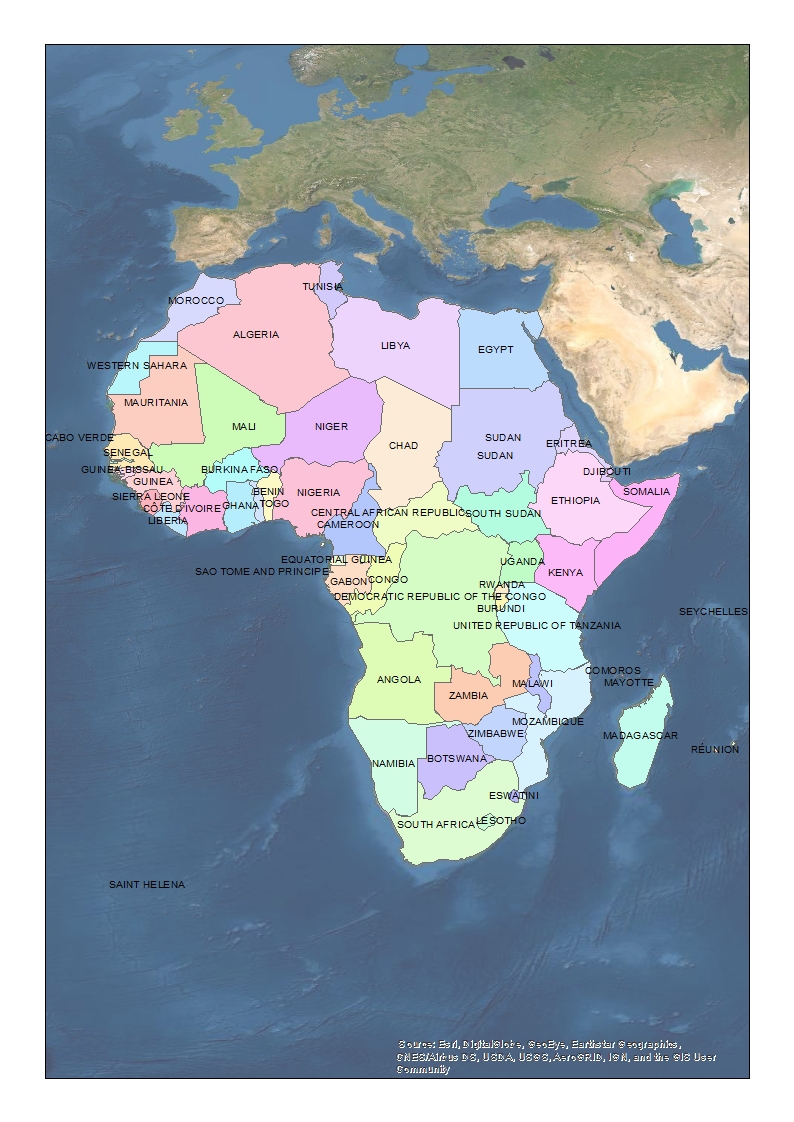African environment
Africa is the second largest of the seven continents and comprises about 23% of the earth's land mass. The continent straddles the equator and most of the land mass lies within the tropics. It is flanked to the west by the Atlantic Ocean and to the east by the Indian Ocean.
There are 47 mainland countries on the African continent, as well as six surrounding island nations. Five countries (Morocco, Algeria, Tunisia, Libya, and Egypt) borders to the north on the Mediterranean Sea, while South Africa comprises the southernmost part of the continent.
The human population of Africa is currently (2020) estimated at more than 1.3 billion people, comprising about 16.7% of the world population.
The larger terrestrial African predators are at the apex of the food chain, based on a diverse prey animal population which in turn, is based on the unique and varied habitats provided on the African continent. The prey animal base of the larger Africa predators may, therefore, include all animal species; tragically, even people are killed and eaten by the larger African predators.
The focus of ALPRU is on a wide range of prey animals in Africa, but among others, the mammal species from several Orders, Families, Subfamilies and Genera will be included.